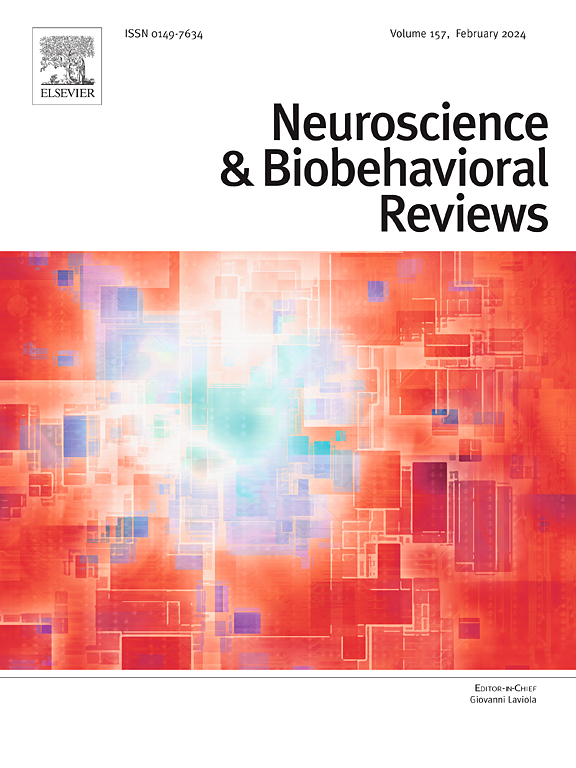The impact of socio-environmental factors on brain structure over the early life course of preterm-born individuals - A systematic review
IF 7.5
1区 医学
Q1 BEHAVIORAL SCIENCES
引用次数: 0
Abstract
Background
Approximately 11 % of births worldwide are preterm (<37 weeks). While research traditionally focuses on complications of prematurity and brain development, the role of socio-environmental factors has received less attention. Recent studies indicate these factors significantly influence neurocognitive outcomes and brain development, beyond prematurity alone. This review examines the impact of socio-environmental factors on brain structure and function in preterm-born individuals from birth to early adulthood.
Method
We conducted searches in PubMed, Embase, and Web of Science for studies up to August 28th, 2024, examining socio-environmental effects on brain structure or function in preterm-born individuals using magnetic resonance imaging. From 891 articles screened, 23 met the inclusion criteria.
Results
Socio-environmental factors, including socioeconomic status, prenatal conditions, hospital environment, and early life experiences, notably affect brain structures in preterm-born individuals. Key impacts were found in limbic and associative cortices (e.g., cingulate gyrus, parieto-temporal cortices), white matter tracts involved in executive functioning (e.g., superior longitudinal fasciculus, cingulum), and overall brain volume. Most studies focused on infancy, with 18 of 23 presenting data from the first year of life.
Conclusion
Socio-environmental factors are associated with changes in grey and white matter in the brain, especially in the limbic system and associative areas. These findings underscore the influence of early environments on preterm-born brain development, but long-term impacts remain unclear due to limited data beyond infancy.
求助全文
约1分钟内获得全文
求助全文
来源期刊
CiteScore
14.20
自引率
3.70%
发文量
466
审稿时长
6 months
期刊介绍:
The official journal of the International Behavioral Neuroscience Society publishes original and significant review articles that explore the intersection between neuroscience and the study of psychological processes and behavior. The journal also welcomes articles that primarily focus on psychological processes and behavior, as long as they have relevance to one or more areas of neuroscience.

 求助内容:
求助内容: 应助结果提醒方式:
应助结果提醒方式:


